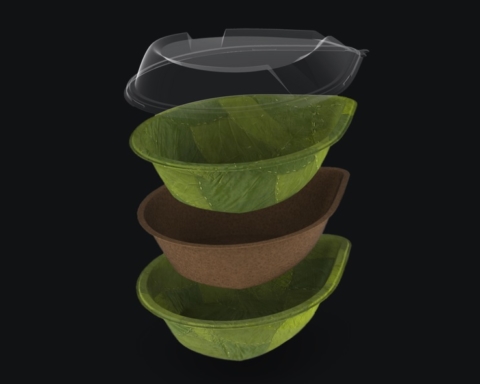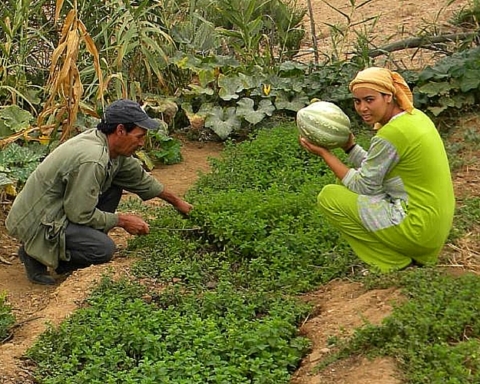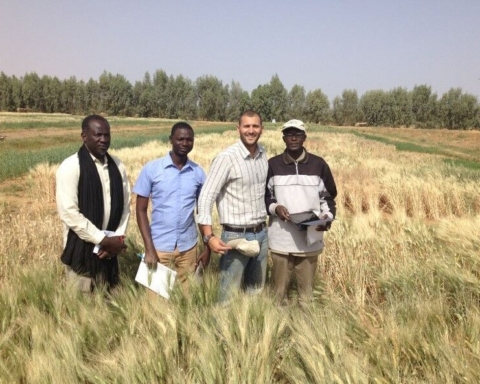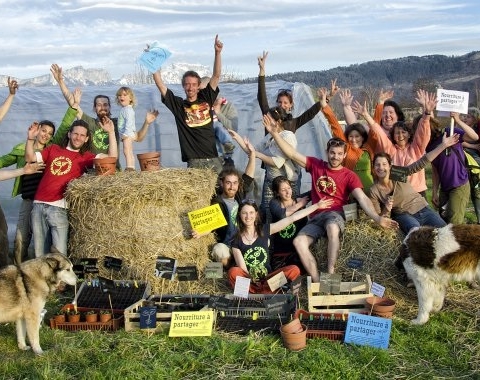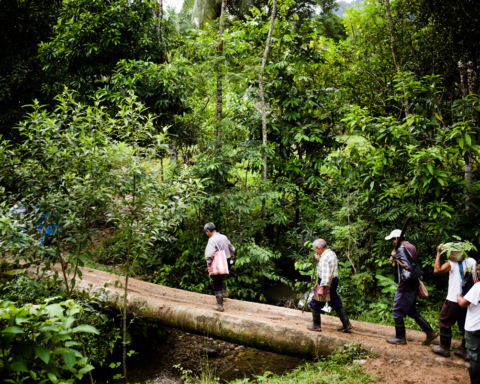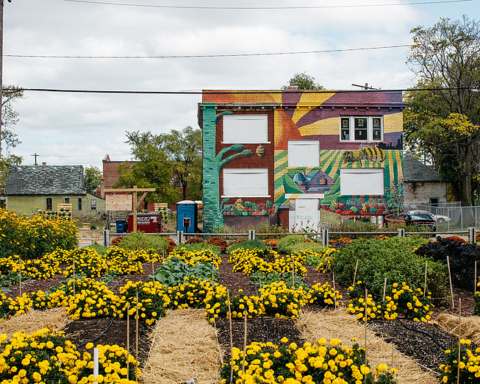They are recognized as the sustaining force of India and are revealing themselves gradually. They are the Indian woman.
India is home to the fourth largest agricultural sector in the world. The country has about 180 million hectares of agricultural land with 140 millions who are constantly cultivated. Yet the loss of biodiversity in India and food crops has become major concerns for food security and sustainability of the agricultural sector in India.
In the Indian Himalayas, a bull even works for 1 064 hours, a man, 1 212 hours and a woman 3 485 hours in a year in a one-hectare farm, according to the United Nations Organization for Food and agriculture (FAO). These figures illustrate the important contribution of women to agricultural production
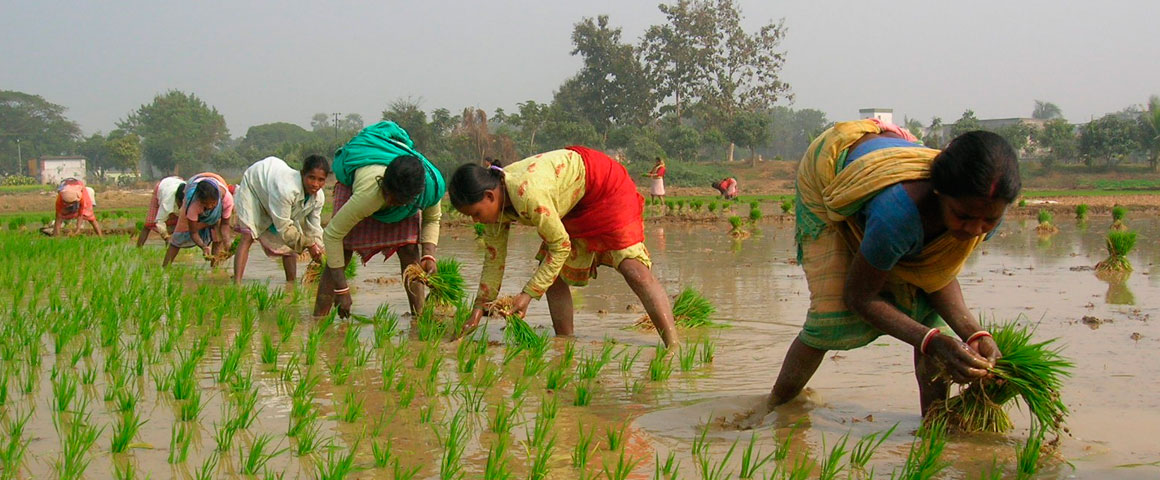 In India, where a patriarchal system is deeply rooted, only 13% of agricultural land is owned by women, even though for eons, the country celebrates the “Lohri”, the harvest festival or ‘puja navadhanya” which translated to the worship of nine grain and both ceremonies glorifying the role of women in agriculture and fertility, and the importance of the environment and biodiversity.
In India, where a patriarchal system is deeply rooted, only 13% of agricultural land is owned by women, even though for eons, the country celebrates the “Lohri”, the harvest festival or ‘puja navadhanya” which translated to the worship of nine grain and both ceremonies glorifying the role of women in agriculture and fertility, and the importance of the environment and biodiversity.
But the data are changing. Positively. In different states, voices are heard so that gender equality is promoted and that women get the same right as men to become owners of the land, especially as they are heavily involved in planting, harvesting and other aspects of farm management.
In fact, there is little activity in agricultural production, with the exception of plowing, in which they are not actively involved.
The link between women farmers and environmental health is now recognized as not only crucial for the livelihood and survival. The relationship of women to land is reflected in their knowledge of plant varieties.
The die is cast in the Indian state of Odisha. The policy of women’s land rights recently came to fruition there. This means that thousands of single women received their own land. Historically, women received only land if they lived alone, but traditionally widows, abandoned wives and unmarried women stay with extended family, which made them ineligible.
Although the majority of the female workforce in India is engaged in agriculture, most women do not have land rights. In several regions in India, most women work the land day and night without holding any rights over the property belonging in most cases to the men of the family.
In different states, voices are heard so that gender equality is promoted and that women get the same right as men
For centuries, gender discrimination has become embedded at several levels: women manage all aspects of farm work but are not considered farmers. They work hard in the fields but does not own. They are essential links in the harvest, but men who control the sale and revenue.
However, the spirit of solidarity is spreading and women in several regions also receive support from non-governmental organizations or other associations to become independent by investing in agriculture.
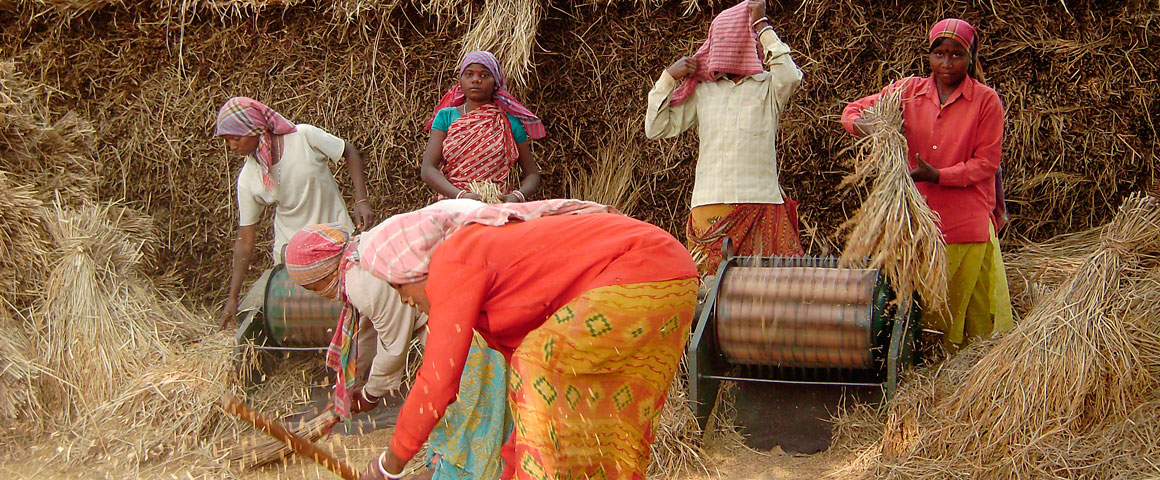 For example, in the small region of Sundarbans, Rita Kamila is a woman who is already known as a modern farmer with the support of the association Development Research Communication and Service Center which uses donations from the Global Fund Greengrants to ensure that rural areas have enough to eat. The farmer even managed to integrate livestock and fish in her farm by using ecological principles.
For example, in the small region of Sundarbans, Rita Kamila is a woman who is already known as a modern farmer with the support of the association Development Research Communication and Service Center which uses donations from the Global Fund Greengrants to ensure that rural areas have enough to eat. The farmer even managed to integrate livestock and fish in her farm by using ecological principles.
Rita Kamila also installed a biodigester that generates cooking fuel from agricultural waste and livestock manure, which are conveniently recycled for use as fertilizer.
As Rita Kamila, other Indian farmers are supported and are part of the group to exchange knowledge, share organic seeds, and learn to pursue organic and sustainable farming practices.



